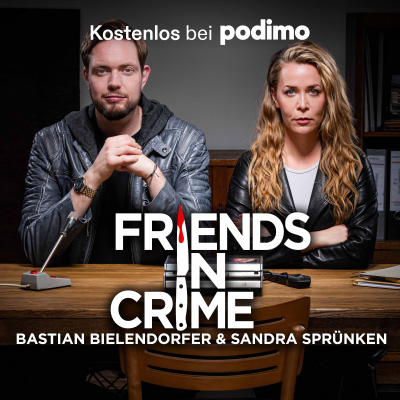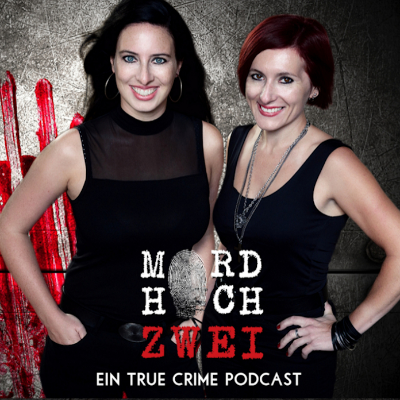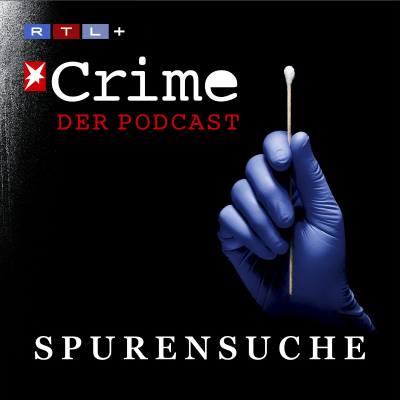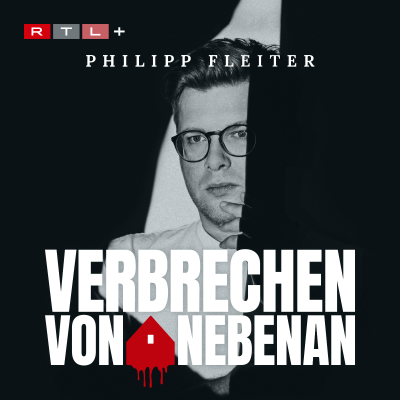
Chasing Compliance: The Global Regulatory Podcast
Podcast von Global Regulatory Writing and Consulting
Nimm diesen Podcast mit

Mehr als 1 Million Hörer*innen
Du wirst Podimo lieben und damit bist du nicht allein
Mit 4,7 Sternen im App Store bewertet
Alle Folgen
8 FolgenIn this episode of Chasing Compliance, Jamie talks with Brandi Quinlin and Rebecca Lynch about generic drugs. The discussion ranges from what a generic drug is to how generic drugs are made, tested, and approved. Brandi and Rebecca also share their knowledge of drug formulation with some “delicious” analogies. Who knew chocolate chip cookies could reveal so much about generics? Lastly, they discuss regulatory requirement for getting a generic to market. Brandi Quinlin holds a master’s degree in regulatory affairs and brings years of experience in pharmaceutical development, generic development, pharmaceutical testing, and regulatory compliance. Rebecca Lynch is one of Global’s resident generic drug experts. She has a background in analytical method development and 25 years of experience in the generic pharmaceutical industry. 1:30 – What is a drug product? 4:30 – Active vs. inactive ingredients, what is the difference? 5:30 – What are key differences between immediate release and extended release and drug formulations? 12:00 – How do manufacturers select a compound/drug testing strategy? 17:40 – How do generic manufactures select a formulation and form factor? 23:30 – Are generics exact copies? 26:30 – Do generics need to go through clinical trials? 31:00 – What is the process for bringing a generic to market and what is required from a regulatory perspective? 37:30 – How does the FDA evaluate the formulations of generics? 45:40 – Favorite Friday Nights
In this episode of Chasing Compliance, Linda Peterson, Sarah Schaul, and Kari Gibney discuss how to maximize the relationship with your CRO from the Sponsor’s and Site’s perspectives. Each member of the panel shares their thoughts on what makes a CRO great and why communication, flexibility, and teamwork are essential. The show wraps up with some important, but rarely considered, tips for maximizing the relationship with your CRO. Linda Peterson is the VP of Clinical Development at Global. For over a decade, Linda has been leading clinical trials, directing clinical departments, and working with all involved in clinical trials. Sarah Schaul is a Clinical Trial Manager at Global. Sarah started her research career at the bench and transitioned into clinical research several years ago. She has worked on the site side and the sponsor side and now leads clinical studies for Global. Kari Gibney’s primary appointment is at the University of Colorado Anschutz Medical Campus as a Clinical Research Coordinator. For the last 5 years Kari has been a core piece of the clinical research team in the School of Medicine and the Department of Oncology at the University. 2:00 What Is A Clinical Research Organization (CRO) 3:30 Do CROs Speed Up Research? 7:50 Stories of Less-Than-Ideal CRO-Sponsor Interactions 11:20 A Great CRO From the CRC’s Perspective 14:10 The Importance of Communication 19:50 Examples Poor Communication and The Importance of Communication 25:30 Tips for Maximizing the Interaction with A CRO 34:10 Flexibility and Communication vs Micromanagement – Tips for Making a Change 40:20 Final Thoughts on Managing the Relationship with a CRO and Favorite Fridays
Have you considered the impacts of the Medical Device Regulation (MDR) on your current risk documentation and management strategies? You may be wondering, what devices can be grouped together? Should you group your devices at all? How will these changes impact your Clinical Evaluation Report? In this episode of Chasing Compliance, Marysa Mezzetti, a Manager on the Medical Device team, and Jamie discuss how risk management and documentation practices must be considered for each device individually, implications of device lifetime, life cycle, and safety and performance objectives, and changes in the risk documentation language. While there is no clearly defined path forward for manufacturers, this episode provides some guiding principles that will help develop a sound MDR remediation strategy. Marysa ends their conversation with some tips and best practices regarding MDR-related changes to risk documentation. As always, Jamie wraps things up with Favorite Friday. Key sections: * Basic overview of risk documentation, QMS, and MDD – 2:10 * Who is responsible for writing risk documents – 6:45 * Initial discussion of MDR – 8:05 * New risk documentation considerations for device families - 12:20 * MDR, Article 10, ISO 14971, and the Notified Body - 17:30 * Changes in language in risk documentation and emphasis on overall risk compared to overall benefit - 22:30 * Impact of risk documentation changes on clinical evaluation and Clinical Evaluation Report strategy – 27:20 * How the CER writer can help the risk process - 29:00 * Marysa’s tips and best practices for achieving and maintaining compliance - 31:15 Abbreviations CER = Clinical Evaluation Report dFMEA = design failure modes and effects analysis FMEA = failure modes and effects analysis MDD = Medical Device Directive MDR = Medical Device Regulation PMS = Post Market Surveillance QMS = Quality Management System























